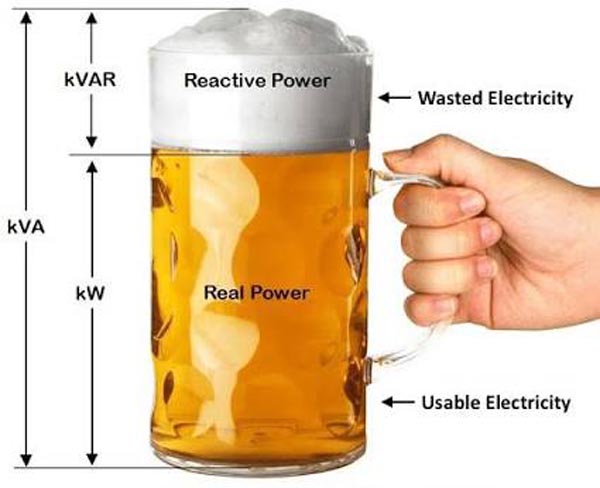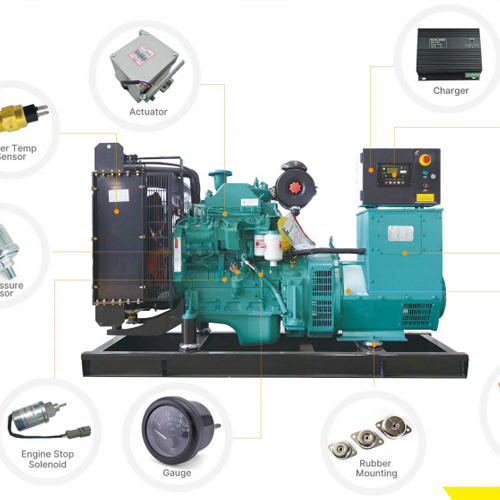Among safety product standards, the most familiar name is ANSI, which stands for the American National Standards Institute. But while it’s the most familiar, ANSI’s role is often misunderstood.
ANSI is a formed by standards writers and users, that manages the voluntary standards system in the United States. ANSI is not a government agency, although it works closely with the government, and is the official United States voice in international standards bodies. Its revenue comes from its membership, in the form of dues and fees, and from the sale of standards publications.
ANSI does not develop standards.
This comes as a surprise to a lot of people. ANSI’s role is to coordinate the activities of organizations in the US that do develop standards. ANSI approves the establishment of standards committees and new standards projects, sets the rules for the various methods that standards developers use, oversees the process, and approves the final products as American National Standards.
ANSI rules and procedures require that standards development processes incorporate the elements of openness, balance, transparency, consensus and due process.
Regardless of how a standard is drafted, it has to be offered for public review, and the sponsoring organization has to resolve the public comments before it gets ANSI approval.
Once approved, an ANSI standard has a 5-year lifetime. ANSI will withdraw approval from a standard that is not revised, rescinded or reaffirmed at least every five years.







